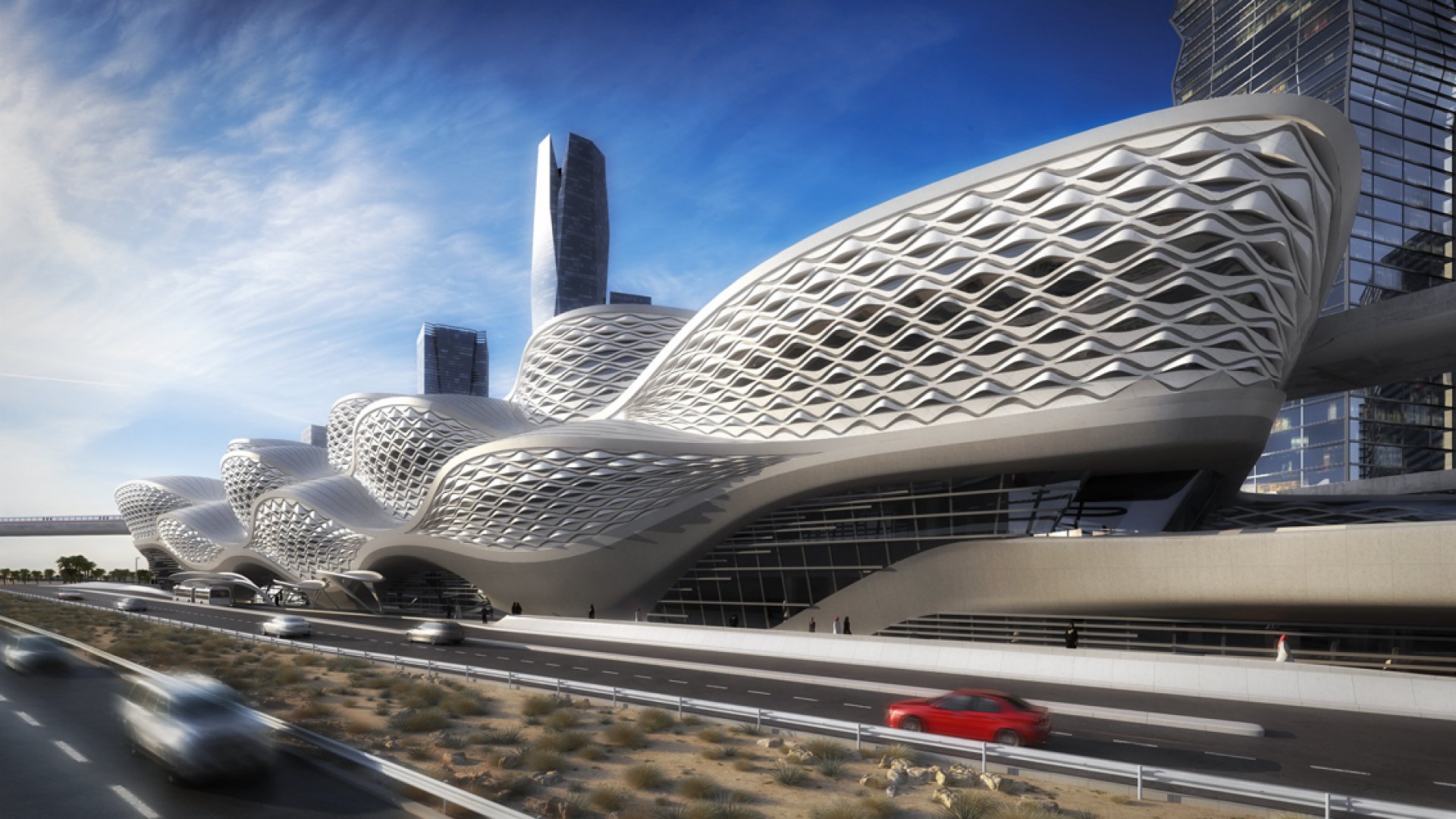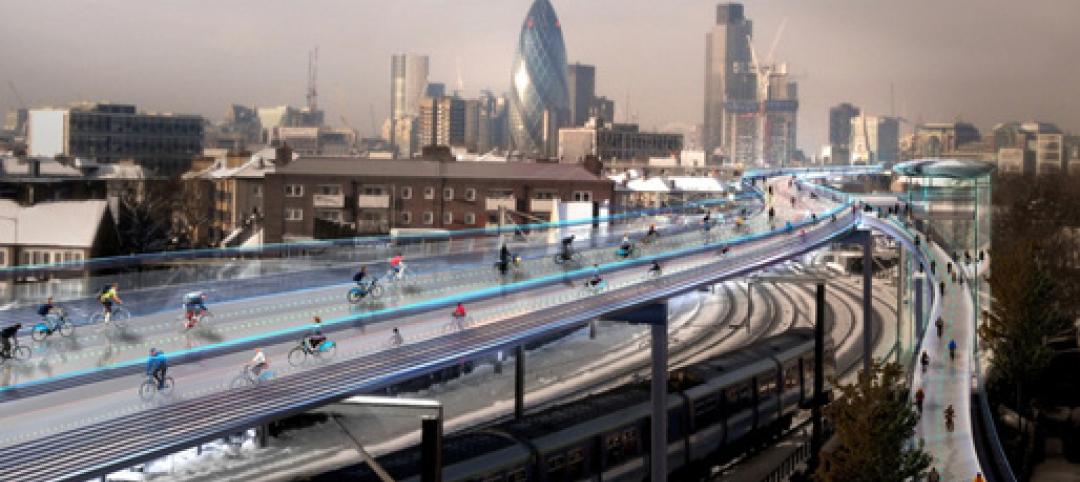For several American cities, the infrastructure for their public transit systems have been in place for more than a century. It’s almost like Chicago, New York City, and Boston laid down train tracks the day after they were founded.
Riyadh, the capital of Saudi Arabia and the home to 6 million people, is building its first light rail system from scratch.
Tech Insider reports that the city is building six metro lines that connect 85 stations over nearly 110 miles of track. Also, a new bus system will be implemented.
For $10 billion, the Saudi government hired the U.S. construction and civil engineering firm Bechtel to lead the project. Bechtel assembled a group of contractor firms, and they are using 1,000-ton boring machines to hollow out train tunnels underneath the city for nearly 40 miles of track for 39 stations.
A few major architects have even designed train stations. Zaha Hadid Architects, for instance, designed the King Abdullah Financial District Metro Station, which will connect Lines 1, 4, and 6. The building will have a wavy lattice exterior and will contain four public levels and two underground levels of parking.
The trains themselves will be nicer than any American rapid transit vehicle. The trains will be automatic, driverless, fully air conditioned, and Wi-Fi accessible. They can run up to 90 mph. Around 20% of the system’s power will come from solar energy.
The new transit system is expected to be ready by the end of 2018. Public transit will come just in time for the growing city, as estimates say that Riyadh’s population could reach 9 million by 2035.
 Exterior of the King Abdullah Financial District Metro Station. Rendering courtesy Zaha Hadid Architects. Click to enlarge.
Exterior of the King Abdullah Financial District Metro Station. Rendering courtesy Zaha Hadid Architects. Click to enlarge.
Related Stories
Smart Buildings | Jan 7, 2014
9 mega redevelopments poised to transform the urban landscape
Slowed by the recession—and often by protracted negotiations—some big redevelopment plans are now moving ahead. Here’s a sampling of nine major mixed-use projects throughout the country.
| Jan 6, 2014
What is value engineering?
If you had to define value engineering in a single word, you might boil it down to "efficiency." That would be one word, but it wouldn’t be accurate.
| Jan 3, 2014
Norman Foster proposes elevated bikeways throughout London
Called SkyCycle, the plan calls for the construction of wide, car-free decks atop the city's existing railway corridors.
| Dec 13, 2013
Safe and sound: 10 solutions for fire and life safety
From a dual fire-CO detector to an aspiration-sensing fire alarm, BD+C editors present a roundup of new fire and life safety products and technologies.
| Dec 10, 2013
16 great solutions for architects, engineers, and contractors
From a crowd-funded smart shovel to a why-didn’t-someone-do-this-sooner scheme for managing traffic in public restrooms, these ideas are noteworthy for creative problem-solving. Here are some of the most intriguing innovations the BD+C community has brought to our attention this year.
| Nov 27, 2013
Wonder walls: 13 choices for the building envelope
BD+C editors present a roundup of the latest technologies and applications in exterior wall systems, from a tapered metal wall installation in Oklahoma to a textured precast concrete solution in North Carolina.
| Nov 26, 2013
Construction costs rise for 22nd straight month in November
Construction costs in North America rose for the 22nd consecutive month in November as labor costs continued to increase, amid growing industry concern over the tight availability of skilled workers.
| Nov 25, 2013
Building Teams need to help owners avoid 'operational stray'
"Operational stray" occurs when a building’s MEP systems don’t work the way they should. Even the most well-designed and constructed building can stray from perfection—and that can cost the owner a ton in unnecessary utility costs. But help is on the way.
| Oct 30, 2013
11 hot BIM/VDC topics for 2013
If you like to geek out on building information modeling and virtual design and construction, you should enjoy this overview of the top BIM/VDC topics.
| Oct 18, 2013
Researchers discover tension-fusing properties of metal
When a group of MIT researchers recently discovered that stress can cause metal alloy to fuse rather than break apart, they assumed it must be a mistake. It wasn't. The surprising finding could lead to self-healing materials that repair early damage before it has a chance to spread.

















